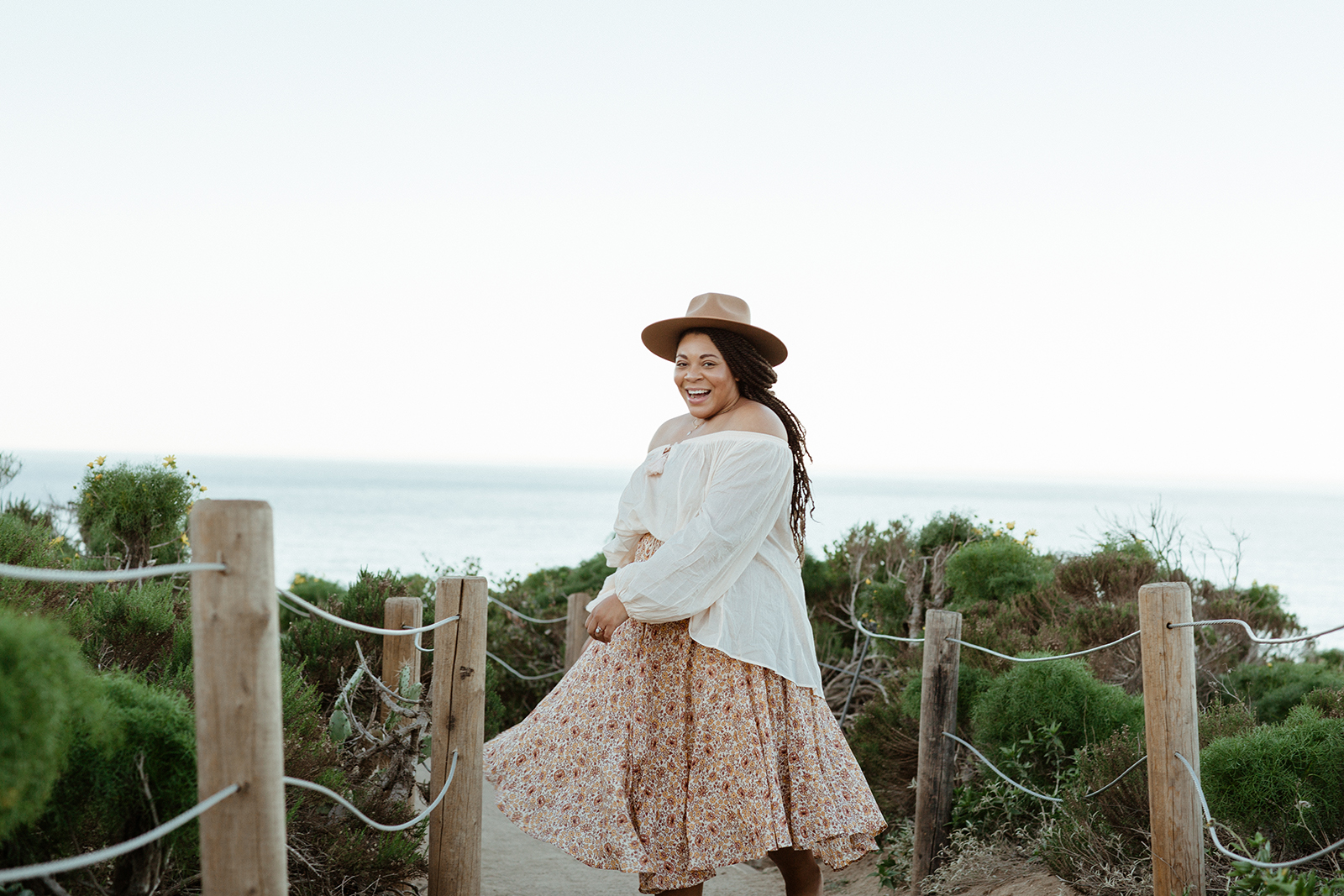How to Set Boundaries Around Toy Guns
Many parents don’t like guns—real ones or toys. So even though we may know that playing with pretend guns is developmentally normal, our instinct whenever our kids start building guns out of LEGO bricks or pretend-shooting at each other...


Photo: Bignai (Shutterstock)
Many parents don’t like guns—real ones or toys. So even though we may know that playing with pretend guns is developmentally normal, our instinct whenever our kids start building guns out of LEGO bricks or pretend-shooting at each other with sticks, is to shut it down. But guns are part of our reality and a normal part of kids’ play, and that means it’s important to have regular conversations with them about real guns, toy guns, and how to set boundaries during play.
Talking to kids and other parents about real guns
You may think you can guess which of your friends and neighbors have guns in their homes, but we can never be sure unless we ask. It’s an admittedly awkward conversation to have with another parent—but we’ve got a full guide to help you get started. It’s especially important because, as Amy Morin writes for VeryWell Family, “multiple studies have found that even when kids have been told to never touch a gun, they are likely to touch a firearm when an opportunity presents itself. And the consequences can be fatal.”
That doesn’t mean you shouldn’t bother talking to your kids about guns, of course. It just means you’ll need to have (and build upon) those conversations over time as they get older. For elementary-aged kids, you might start by showing them pictures of real guns and toy guys so they can begin to visualize the difference. Stress that it can still be hard to tell the difference, so if they ever come upon any type of gun, they should 1) not touch it and 2) immediately find an adult for help.
As kids get older, they are likely to be more familiar with the reality of gun violence, and they may even have a friend who thinks they can handle a family gun “safely” and wants to show it off. In that situation, Morin advises:
Standing up to friends is a delicate subject, so brainstorm ways your tween can get out of the situation without causing any commotion.
Suggest they say something like, “This is boring. Let’s go do something else.” If your child has a friend who offers to show them a gun, coach them to say something like, “Maybe later. Let’s go do something outside.”
Your child doesn’t need to preach or lecture friends about gun safety. They just need to remove themself from the situation.
The unfortunate reality for parents in the United States is that we have to talk to our kids about school shootings, too—here’s our guide for that. And of course, if you own guns, you should always keep them safely locked up, even if you’ve always stressed to your own kids not to touch them.
How to set boundaries around fake guns
Some parents make sure the play guns and water guns they allow in the home look obviously fake by choosing large neon-colored or foam varieties. But some parents don’t want even the most obvious of toy guns in their home, so it’s important to keep that in mind when buying gifts for others’ kids—and always ask permission first.
“It’s common during summertime for children to be gifted toy water guns,” says Chris Drew, an early childhood education expert. “I generally do not recommend gifting children toy guns (or taking them out during play dates) unless all children’s parents are OK with it.”
If all parents and kids are OK with them, though, you can use their presence as a teaching moment about consent when it comes to games that involve contact of any kind. When kids are playing and they break out the Nerf darts or water guns, make sure everyone who’s playing consents to being “shot.” You can also agree to ground rules like “no face shots” and “if someone says they’re not playing, they can’t ever be shot at.”
Another good ground rule: If your kids are playing in public, such as at a park, and a bystander passes by, don’t “shoot” at them, even if it’s just pointing a stick at them and saying, “bang!” They’re not playing, either. You can also put some limits on language—instead of, “I’m going to kill you!” you can encourage creative workarounds like, “I will vanquish you!” or the blander, “Gotcha!” Drew also suggests reframing the play. Perhaps you can “[marvel] at the way gravity works on the water and the feeling of water on the skin, rather than using toy guns in ways that normalize confrontation and battle.”
If you are concerned your young child is too obsessed with guns or violence, speak with your pediatrician. They may recommend an evaluation by a mental health professional, or direct you to other resources. Another good resource is the Boys Alive! organization, which helps parents navigate tricky parenting situations—it has a great blog series on kids and guns.

 FrankLin
FrankLin 































